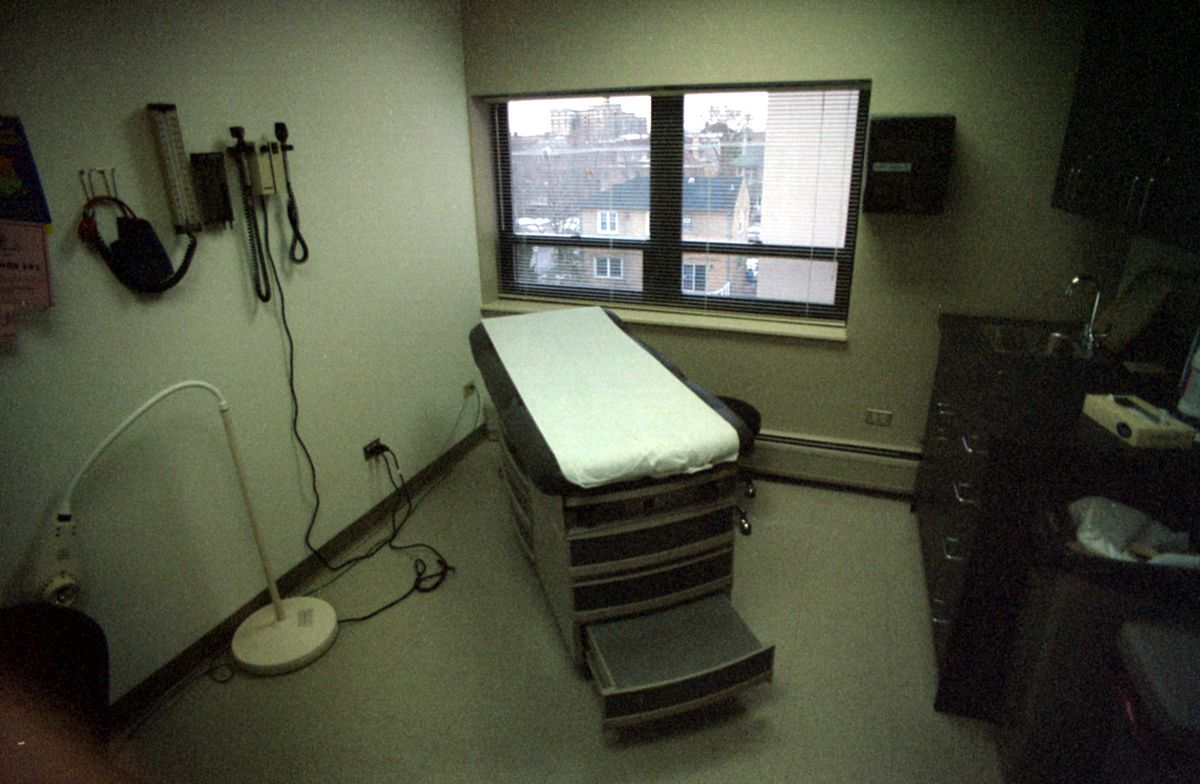We are taught about the social determinants of health in the first week of medical school. That things like finances, job stress, education, safety, and environment, often have as much an impact on health as does pathophysiology. We spend two years training with standardized patients to learn how to exhibit empathy so that we are adequately prepared for rotations. But how much of what we learn do we actually believe?
I started rotations not too long ago, and one thing that continues to strike me is the amount of blame we put on patients for their ill health. The same provider who shares empathetic words with the concerned patient inside the patient room, expresses frustration and anger with the patient upon exiting and shares his feelings with the team. Nurses announce the arrival of the “noncompliant” patient with sighs that are reciprocated by the rest of the care team. To some this may seem as an outlet for the health care providers to express their emotions. But I don’t think it’s appropriate and I find it problematic.
I don’t feel that, as a medical profession, we really internalize the impact that the social determinants of health play on our patients’ lives and the decisions they make. There is always the pervasive sense that the patient with comorbidities who does not adhere to his or her treatment regimen is “careless.” We think, “What is wrong with him?” for the patient that comes in with a gastric ulcer after not taking his omeprazole as prescribed; or the patient that doesn’t exercise despite having heart disease; or the patient that decides now is not the right time to quit smoking. We feel that their health is the obvious thing that they should be prioritizing.
In my opinion, this thinking comes from our place of privilege. That thinking is rooted in a lack of understanding of what hardships people are going through. If someone needs to work two jobs to make ends meet; if someone is worried about stray gunshots hitting their kid; if someone’s family is breaking apart; if someone’s mother is sick and needs around-the-clock care, then maybe it makes sense that they are not ready for the lifestyle modifications we just listed. These individuals are just prioritizing day-to-day survival and their families over their own long or short-term health needs. Can we really say that they are careless?
If we approach the non-adherent patient from a true point of understanding, then we can (do) accomplish real behavior change, because then we can meet the patients where they are. We can start by understanding what health goals they are willing to accomplish and begin from there. We need to get rid of the notion that our nonadherent (and no, not our noncompliant patient) isn’t careless. Instead we need to understand that it is likely this patient has other problems in his or her life, not just health problems, and unfortunately has likely had to prioritize these things over health. And if we were in their shoes, with the same life problems and limited medical knowledge, we would quite possibly do the same thing.
We are providers of care. Our job is to serve our communities. And as such this attitude of putting blame on our patients really needs to end. The team dreading the arrival of a specific patient is bad for everyone. Why? Because the more we blame our patients, the more we unconsciously dislike them, and the worse our care will be.
As we go through our rotations, it’s important to offer an ear to listen to the patient’s non-health concerns. Work to debunk their medical misconceptions. Encourage their own health as their way of caring for others. Be realistic about our expectations and remember at the end of the day, it’s their health not ours. So, it makes no sense to take it personally and be frustrated or angry with the patient. We support patients to reach the goals they set and encourage right health care behavior in an actionable manner. Our goal should be to make the patient self-sufficient, and no longer need us. And if they do need a lot of help getting there, or don’t end up reaching that goal, then we are still there to provide true empathy — inside and outside the patient room — and guidance without judgement for as long as that takes.
Image credit: Doctor’s Office by Thomas Anderson licensed under CC BY 2.0.

